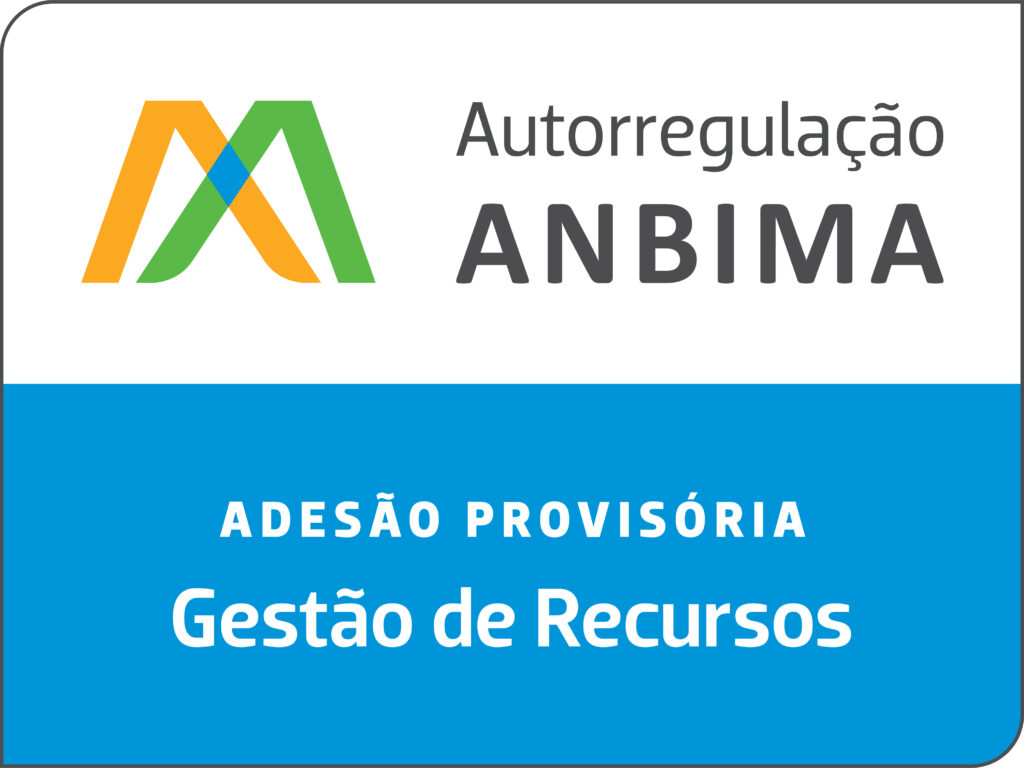ESG
The Future Of Sustainable Investments Starts Now
ESG
The Future Of Sustainable Investments Starts Now
Mission
Invest in assets that generate value for our clients, employees, and stakeholders, providing profitability, longevity and sustainable development to ensure value-creation and tangible benefits to the environment and society as a whole.
Our Approach
Corporate Sustainability starts with a company’s value system and its approach to doing business. The Ten Principles of the GTIS Partners ESG Policy aspire to incorporate ESG issues into investment practice in order to drive excellence throughout the GTIS portfolio, create value for all stakeholders, and positively affect the communities where we invest:
1. INCORPORATE Environmental, Social and Governance objectives into GTIS Partners’ processes
2.GROW with a sustainable risk profile
3.ENSURE resilience of ecosystems and continued abundance of natural resources
4.ENCOURAGE innovation and ongoing improvement of GTIS’ processes and assets
5.PURSUE human rights, equal opportunities and diversity
6.DISCLOSE accurate, adequate and timely information
7.ENGAGE and support stakeholders to achieve better outcomes
8.ENHANCE the effectiveness of the execution of GTIS ESG policy
9.REPORT activities and progress towards implementing these principles
10.PROMOTE transparency with our employees, stakeholders and society
Certificates
GTIS focuses on sustainable practices through rigorous compliance, monitoring, and controls throughout the investment process. GTIS Brazil Real Estate Fund I ranked number one in South America, for the sixth consecutive year, in the Global Real Estate Sustainability Benchmark – GRESB, in 2020. Five of GTIS’s office buildings are LEED Gold certified, one is LEED Silver certified.




Environmental Management System
GTIS understands that real estate consumes large amounts of energy and water resulting in significant GHG emissions and environmental impact. To understand and manage our consumption, mitigate risk and drive operational excellence throughout the portfolio, GTIS will utilize a data management system through a third-party sustainability data management partner. This EMS document and the data management system will allow GTIS to measure, manage, and act on key performance indicators to improve operational and environmental performance over time. In addition to the data management platform, GTIS will utilize the basic guidelines from international standards for environmental management ISO 14001 as a protocol for fostering continuous improvement within our EMS framework.

A. Plan
Create an action plan that defines our long-term sustainability targets.

B. Do
Implement interim objectives that progress towards achieving our long-term sustainability targets.

C. Check
Measure our progress against our targets.

D. Act
Identify opportunities to continuously improve our operational and environmental performance.
Risks & Opportunities
The core of the GTIS Partners’ governance policy is to ensure financial, social and environmental risk management. Environmental and Social performance are fundamental indicators of how GTIS assesses and manages risk. As a general rule, GTIS’ best practices also require the firm to make a reasonable inquiry into its clients’ and fund investors’ investment objectives, risk tolerance, investment experience and financial situation before assets are acquired. In order to formally integrate risk management into corporate governance, our due diligence and operational requirements adhere to the five main process steps described below:
IDENTIFY
Recognize and describe any risk’s potential interference with GTIS criteria of compliance and success
ANALYZE
Collect all relevant data to determine risk level, its probability of occurrence and resulting consequences
EVALUATE
Define its magnitude to the business plans, ongoing building operations and the surrounding environment
MITIGATE
Develop a plan with relevant underwriting where necessary to eliminate or reduce the impact to an acceptable level
MONITOR AND TRACK
Evaluate any potential damage, as well as avoid future recurrence
IDENTIFY
Recognize and describe any risk’s potential interference with GTIS criteria of compliance and success
ANALYZE
Collect all relevant data to determine risk level, its probability of occurrence and resulting consequences
EVALUATE
Define its magnitude to the business plans, ongoing building operations and the surrounding environment
MITIGATE
Develop a plan with relevant underwriting where necessary to eliminate or reduce the impact to an acceptable level
MONITOR AND TRACK
Evaluate any potential damage, as well as avoid future recurrence
Documents
See below our ESG Policy and sustainability report.
GTIS Partners ESG Policy
Click here to download
GTIS Partners Corporate Sustainability Report
Click here to download


